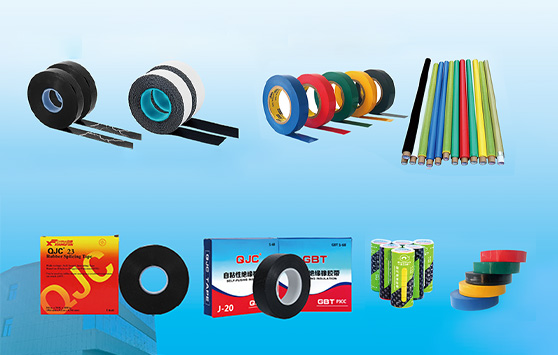The Importance of Foam Tape Door Seals for Home Insulation
In modern homes, energy efficiency and comfort are paramount. One often overlooked yet crucial component of achieving these goals is the use of foam tape door seals. These versatile strips of foam serve not only as barriers against drafts but also significantly contribute to energy savings and noise reduction. Understanding the benefits and applications of foam tape door seals can help homeowners create a cozier indoor environment while minimizing energy costs.
What Are Foam Tape Door Seals?
Foam tape door seals are made from soft, flexible materials such as polyethylene or polyurethane foam. They come in various thicknesses and widths, allowing homeowners to choose the best fit for their specific doors. The adhesive backing provides easy application to the door frame, making them a user-friendly option for DIY home improvement projects.
Energy Efficiency
One of the primary advantages of foam tape door seals is their ability to improve energy efficiency. Weather stripping around doors often deteriorates over time, leading to gaps that allow cold or hot air to escape. This inefficiency forces heating and cooling systems to work harder, resulting in higher energy bills. By applying foam tape door seals, homeowners can create a tight seal, preventing air leaks and maintaining consistent indoor temperatures. This not only enhances comfort but also leads to substantial savings on energy costs over time.
Noise Reduction
In addition to energy savings, foam tape door seals also act as excellent sound barriers. For those living in urban environments or near busy roadways, noise pollution can be a significant concern. The foam material dampens sound waves, helping to create a more peaceful living space. By sealing gaps around doors, families can enjoy a quieter environment, making foam tape an invaluable component of soundproofing techniques.
foam tape door seal

Moisture Protection
Foam tape door seals also provide protection against moisture infiltration. Doors, especially those that lead to garages or outdoor areas, are often exposed to rain and humidity. Water can seep into the home through gaps, leading to potential mold growth and structural damage over time. Installing foam tape seals can help to prevent this moisture from entering, contributing to a healthier indoor environment and preserving the integrity of the home.
Easy Installation
One of the most appealing aspects of foam tape door seals is their ease of installation. Homeowners don’t need to be handy or hire a professional; with simple tools like scissors or a utility knife, most people can complete the installation in just a few minutes. This DIY-friendly option makes it accessible for anyone looking to improve their home’s insulation without a substantial time or financial investment.
Versatility
Foam tape door seals are versatile and can be used on various types of doors, including exterior, interior, and even sliding doors. They can also be adapted to other areas in the home, such as windows and gaps in walls, making them an ideal solution for comprehensive weatherproofing. With a variety of colors and designs available, homeowners can choose options that blend seamlessly with their decor.
Conclusion
In conclusion, foam tape door seals are an essential tool for any homeowner looking to enhance energy efficiency, reduce noise, and protect against moisture. Their simplicity and effectiveness make them a valuable addition to any home improvement toolkit. By addressing common issues such as drafts and unwanted noise, foam tape door seals contribute not only to comfort but also to long-term savings on energy costs and maintenance. Installing these seals is an easy yet impactful step towards creating a more sustainable and enjoyable living environment.
-
XIANGFAN Rubber Tape-Ultimate Solutions for All Your Insulation NeedsNewsJun.24,2025
-
XIANGFAN Rubber Tape-Protection for Industrial and Residential ApplicationsNewsJun.24,2025
-
XIANGFAN Rubber Tape: Superior Safety and Sealing for Demanding EnvironmentsNewsJun.24,2025
-
XIANGFAN Rubber Tape: Reliable Solutions for Every Electrical ChallengeNewsJun.24,2025
-
XIANGFAN Electrical & Industrial Tape: Powering Reliability Across IndustriesNewsJun.24,2025
-
XIANGFAN Electrical & Industrial Tape: Excellence in Every ApplicationNewsJun.24,2025
